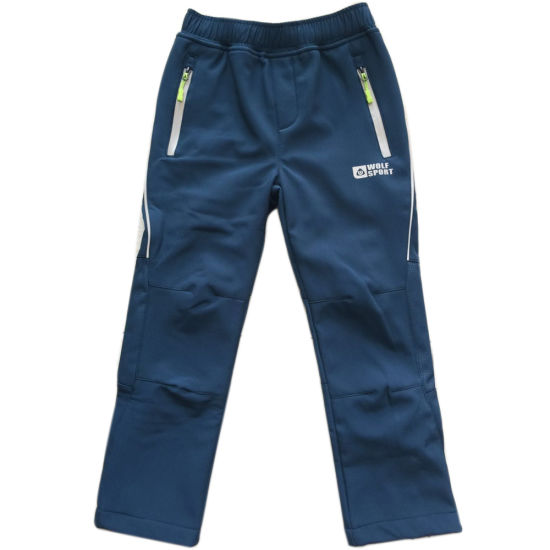...
2025-08-15 09:17
1725
...
2025-08-15 08:58
2753
...
2025-08-15 08:54
407
...
2025-08-15 08:53
239
...
2025-08-15 08:41
754
...
2025-08-15 08:41
490
...
2025-08-15 07:59
1450
...
2025-08-15 07:26
211
...
2025-08-15 06:39
1303
...
2025-08-15 06:38
486




